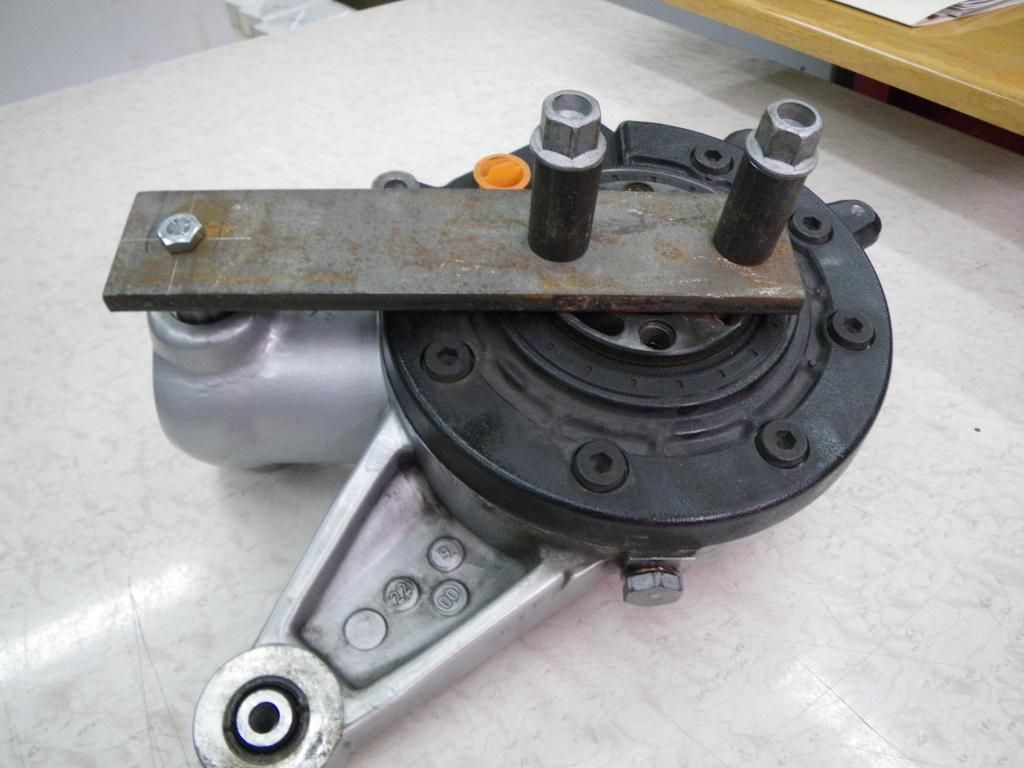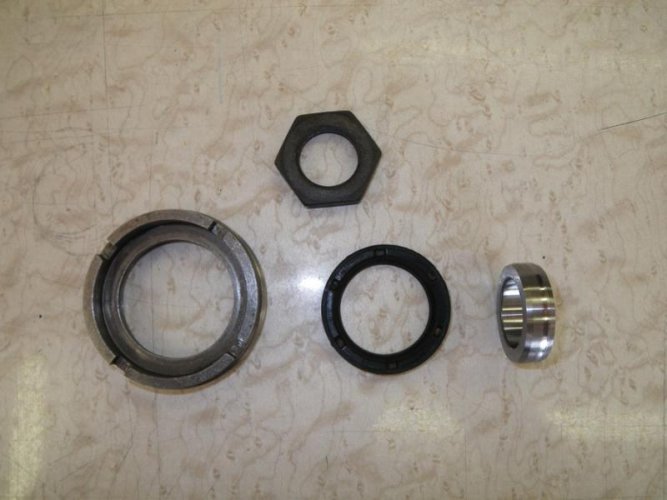lowndes
New member
'99 R1100S with only 13K miles, bought 5 months ago with leak from the pinion shaft seal. PO had let sit for several years, then replaced the rear wheel drive lube with synthetic.
Question: is it possible/feasible to replace just the pinion seal WITHOUT removing the threaded ring??
http://store.bobsbmw.com/microfiche/DisplayImage.aspx?Size=Full&Type=Z&ImageID=153867
This looks do-able by removing the nut (#1) and compression ring (#2), then hooking the seal (#4) out. Some P-80 will get the new seal in easily. Doing this will not upset the pinion-ring gear lash or require the 33 1 700 tool.
Not sure if it would be best to remove the threaded ring (#3) and then the bearings and shaft for inspection with this few miles, or leave it alone except for the seal.
Anyone ever do this??
Regards
Question: is it possible/feasible to replace just the pinion seal WITHOUT removing the threaded ring??
http://store.bobsbmw.com/microfiche/DisplayImage.aspx?Size=Full&Type=Z&ImageID=153867
This looks do-able by removing the nut (#1) and compression ring (#2), then hooking the seal (#4) out. Some P-80 will get the new seal in easily. Doing this will not upset the pinion-ring gear lash or require the 33 1 700 tool.
Not sure if it would be best to remove the threaded ring (#3) and then the bearings and shaft for inspection with this few miles, or leave it alone except for the seal.
Anyone ever do this??
Regards



